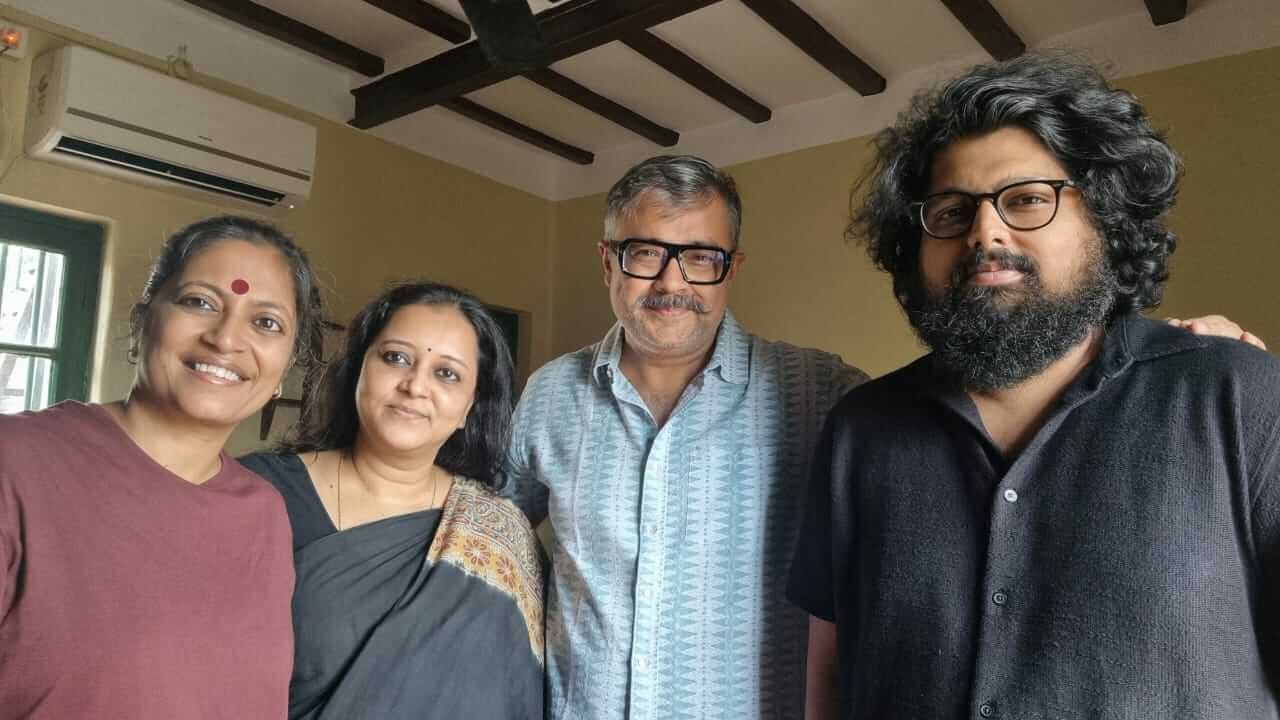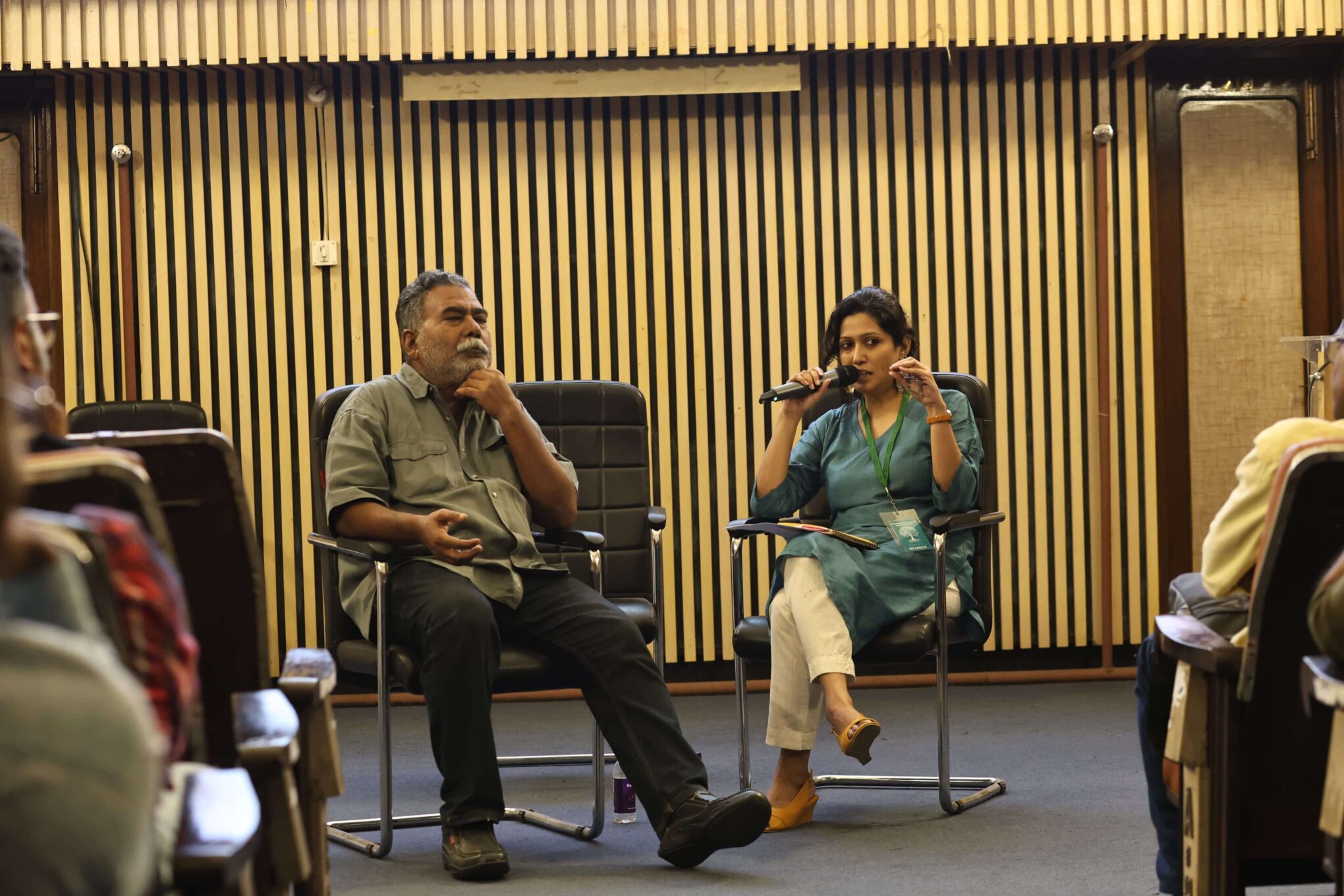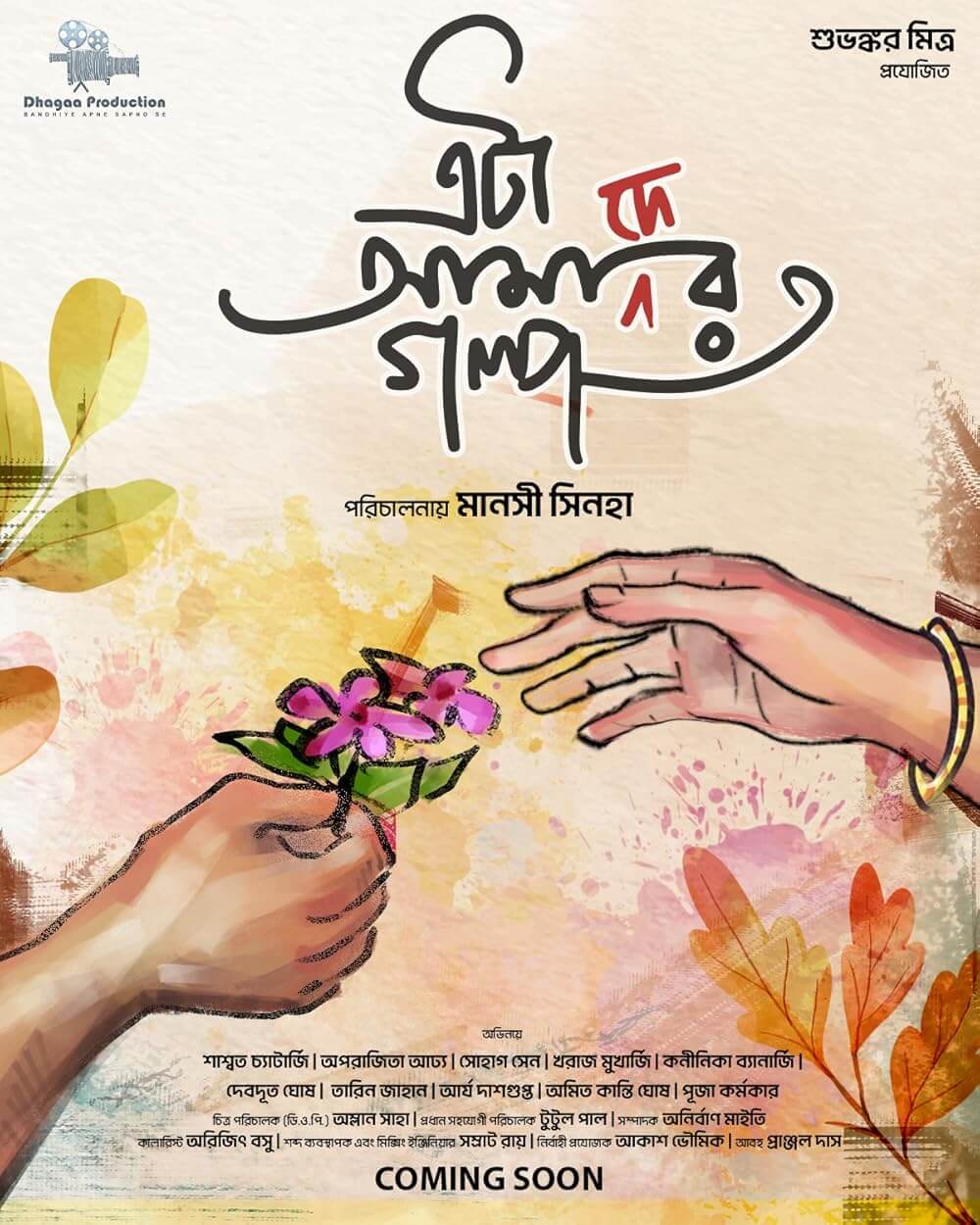Samina, a movie buff, talks about the life and times of the celebrated filmmaker, Bimal Roy. His cinema of social realism challenged the taboos that gripped the society then. His films that are still relevant continue to inspire many filmmakers. Read more about him, in the weekly column, exclusively in Different Truths.
Bimal Roy, an institution in himself, continues to motivate filmmakers even today with the kind of films he made and also the craft of filmmaking. For me, his films inspire, motivate, they burn the fire in the belly and push you to be vocal on social taboos. His films define the purpose of our existence. Known as the silent man of Hindi cinema, he made films in the 40s which are relevant even today and are a true reflection of social realism, a genre of films that Roy promoted. And he deals with it most beautifully, with depth and intensity, a subject so close to his heart.
 He started his career as a photographer, and we see a reflection of his perfect timings of capturing shots, expressions and visual rhythm in picturisation of the songs in his films, which he directed. His films have a rhythmic poetic form.
He started his career as a photographer, and we see a reflection of his perfect timings of capturing shots, expressions and visual rhythm in picturisation of the songs in his films, which he directed. His films have a rhythmic poetic form.
Life is not a race course, where horses are always running, said Roy, when someone pointed out that his films were slow and gave long pauses, and shots. He gave a lot of time to expressions, which could be a long shot from his camera or a short one, where he captures the intensity of an actor’s pain or dilemma with a twitch or a biting of the lip.
He had mastered the craft of filmmaking after having worked with P C Barua, on Devdas, as a cinematographer and very soon directed a film for Calcutta New Theatre, Udayer Pathey (Moving toward Dawn), which went on to become a cult film and also a true reflection of Roy’s realistic inference to socialism. Technically, too, it was much more polished than the average Bengali film of the time.
Satyajit Ray remarked, “With his very first film, Udayer Pathey, Bimal Roy was able to sweep aside the cobwebs of the old tradition and introduce a realism and subtlety that was wholly suited to the cinema.” A feature of this film, which makes it the most iconic film of its time was its immediate c onnection with the youth and among the three songs of Rabindranath Tagore, which were included in the film, one of them was the full version of Janna Gana Mana, which later went on to become India’s national anthem.
onnection with the youth and among the three songs of Rabindranath Tagore, which were included in the film, one of them was the full version of Janna Gana Mana, which later went on to become India’s national anthem.
Roy shifted to Mumbai in the 40s from Calcutta and thus began a long journey of the stalwarts of this craft and an awakening of realistic cinema, churning out hard-hitting yet sensitive and socially relevant, intense and powerful films, like, Do Bigha Zameen, Parineeta, Sujata, etc.
His film, Devdas, starring Dilip Kumar, Viyjantimala and Suchitra Sen is considered to be the true adaptation and is considered to be the finest and most accomplished rendition of Sarat Chandra Chattopadhyay’s novel, which also made Dilip Kumar, the king of tragedy. Inspired by Italian cinema, he gave us meaningful films, which made the audiences stop and think. Roy’s exceptional work earned him many awards, both nationally as well as internationally.
which also made Dilip Kumar, the king of tragedy. Inspired by Italian cinema, he gave us meaningful films, which made the audiences stop and think. Roy’s exceptional work earned him many awards, both nationally as well as internationally.
Madhumati was a film with romance, excitement and a twist of rebirth and reincarnation, which was a combination of visuals, rhythm, and expressions. The film flows with the rhythm and the harmony and the beauty with which the songs have been picturised make this film an unforgettable experience. In fact, he has used nature as a metaphor for a feeling or a situation, in many films. He played with the camera and had an eye for beauty and aesthetics, being a photographer. He had a sense of landscape, stream, and trees and captured nature to its  optimum beauty. He had a great sense of time, be it with expressions, shots, songs or climax. Do Bigha Zamin did not rely purely on dialogue, it also had a rich cinematic vocabulary. Its richly textured black-and-white imagery is justifiably famous, especially the last shot, where the peasant family return, only to wretchedly gape, at a factory, standing on their Do Bigha Zamin.
optimum beauty. He had a great sense of time, be it with expressions, shots, songs or climax. Do Bigha Zamin did not rely purely on dialogue, it also had a rich cinematic vocabulary. Its richly textured black-and-white imagery is justifiably famous, especially the last shot, where the peasant family return, only to wretchedly gape, at a factory, standing on their Do Bigha Zamin.
Be it a bold movie about a love affair between a Brahmin man and an untouchable woman or love story between an inmate of a jail, who is a murderer and a visiting doctor when they confide their deepest secrets with each other – such stories are rare today. At the aesthetic plane, as well, Roy displayed a superb mastery of his craft. He brought this serious issues to life with the utmost sensitivity through Bandini and Sujata. Post-independence, when people were getting aware of freedom and many were fighting to break away from social taboos, these films were stark, real and contemporary. Yehudi in its own way cut through global barriers. It is a story of a romance between a Jewish woman and a Roman prince.
His production, Kabuliwala brings out the most endearing and sensitive portrayal of the character and a sensitive relationship, which speaks volumes of a man, who not just celebrated this classic by Tagore but also brought a harsh reality of the human nature to the fore.
No awards or recognitions of his accomplishments can meet the high standard he set for himself and the magnitude of his accomplishments and his passion and love for cinema. At the aesthetic plane, as well, Roy displayed a superb mastery of his craft. One could point, for example, to the manner in which shadows appear in his films, or how the films echo each other in interesting ways. Just before his death, Roy was working on one of his most ambitious project, a bilingual film titled Amrit Kumbh Ki Khoj Mein based on Samaresh Basu’s novel. He had shot one schedule with his unit during an actual Kumbh Mela in Allahabad in the early 60s. Gulzar Saab had penned the screenplay of the film.
Roy passed away at 55 and has left behind a cinematic legacy of which we are proud even today. While going through interviews in which Dilip Kumar, Dharmendra, Nutan and Hrishikesh Mukherjee express their appreciation, one common factor that stands out is the genuine human being that he was and how well he knew his craft be it as a director or cinematographer.
©Samina Naqvi
Photos sourced by the author.
#Cinemascope #BimalRoy #HindiFilms #IndianCinema #DirectorsOfIndia #Cinematographer #DifferentTruths





 By
By